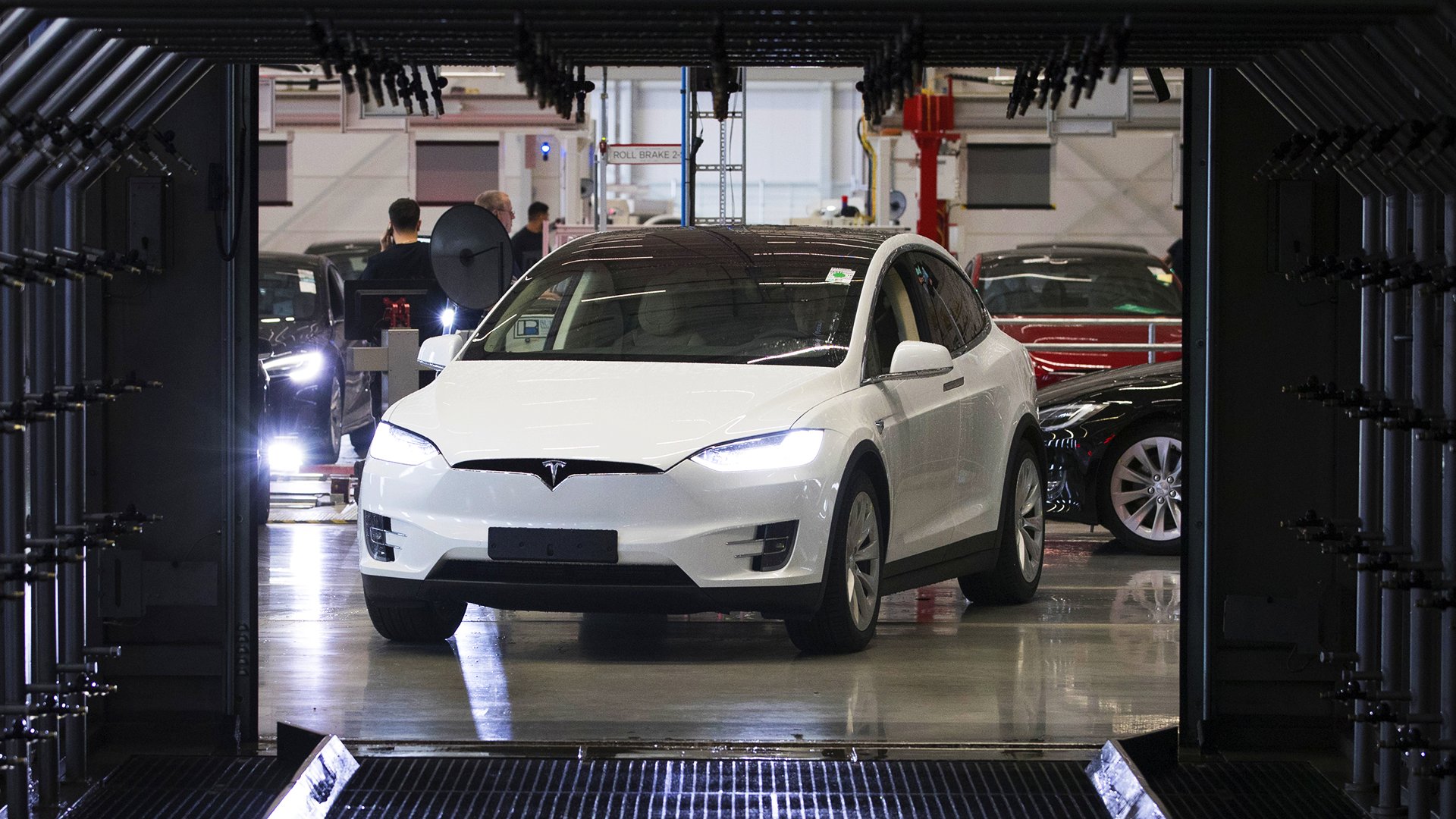

Tesla claims it delivered 25,418 cars in the first quarter of this year, which equates to a 69 percent increase over Q1 2016. But the company still has a long way to go to meet CEO Elon Musk’s goals for 2018.
The figures reported by Tesla are preliminary, and may change when the automaker reports its quarterly earnings next month. While it is a big jump from the 15,510 cars Tesla delivered in the first quarter of 2016, the increase from the fourth quarter wasn’t as dramatic. Tesla produced 22,252 cars in the final quarter of last year.
First-quarter deliveries included 13,450 Model S sedans, and 11,550 Model X SUVs, indicating that the gap between the two models is closing. Tesla noted that experienced Model X parts shortages in the first two months of 2017, so deliveries of that vehicle could have been higher in other circumstances. Given the robust popularity of SUVs overall, it’s not too surprising that the Model X is catching up to the Model S.
However, what is shaping up to be a record quarter for Tesla shows that demand for both the Model S and Model X remains strong, even with the highly-anticipated, less-expensive Model 3 on the horizon. Tesla expects to begin Model 3 production this summer, with a full ramp up before the end of the year.
Next year, Elon Musk wants Tesla to achieve an annual production rate of 500,000 cars. The company only delivered 76,230 cars last year, and even its impressive first-quarter 2017 performance is well off that pace. Musk is banking on full-scale production of the Model 3, which will sell in higher volumes than the Model S or Model X thanks to a $35,000 base price. That’s about half what the other Tesla models start at.
For that plan to work, Tesla will need to execute a smooth production ramp-up for the Model 3, something it hasn’t been able to pull off with any of its previous product launches. A delay in the start of Model 3 production could very well make Musk’s 2018 goal unachievable.